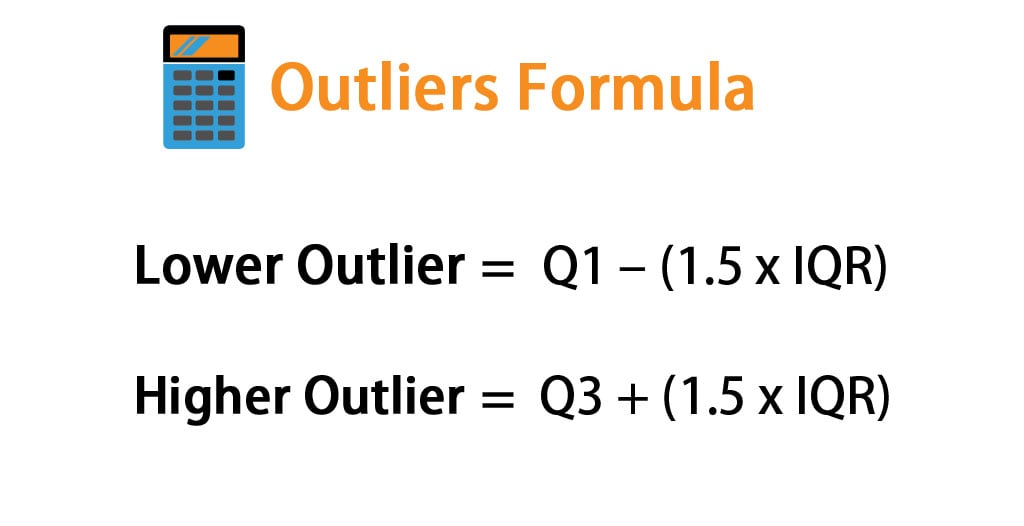Matchless Info About How To Detect Outliers

The simplest way to detect an outlier is by graphing the features or the data points.
How to detect outliers. This method works by analyzing the points that fall within a range specified by quartiles, where quartiles are four equally divided parts of the data. The simplest way to detect outliers is by drawing box plots. Trimming, capping, treating as a missing value, and discretization.
Towards data science · 7 min read · may 13, 2022 1 photo by will myers on unsplash at the beginning of a data science project, one important part is outlier detection. Outliers can be a pain for demand planners and forecasters. It can also be used to detect outliers.
Learning objectives an overview of outliers and why it’s important for a data scientist to identify and remove them from data. As a recap, so far the five number summary is the following: We can also see a reduction in mae from about 3.417 by a model fit on the entire training dataset, to about 3.356 on a model fit on the dataset with outliers removed.
What are the methods to outliers? How to detect outliers in time series? Graphing your data to identify outliers.
Using the interquartile range to find outliers step 1: In statistics, if a data distribution is approximately normal then about 68% of the data values lie within one standard deviation of the mean and about 95% are within two standard deviations, and about 99.7% lie within three standard deviations Natural outliers are referred to as novelties.
Before i dive into the detection of outliers, i. There are quite a few different ways to detect outliers. Z score, also called as standard score, is used to scale the features in a dataset for machine learning model training.
How to detect and handle outliers in your dataset. The box demonstrates the central 50% of the data, with a line in the middle that shows the median value. In machine learning, an outlier is a data point that stands out a lot from the other data points in a set.
6 methods to detect the outliers and 4 different methods to deal with them detecting outliers. Outlier detection and novelty detection are both used for anomaly detection, where one is interested in detecting abnormal or unusual observations. Four ways of calculating outliers example:
Let’s see what is causing them and 3 techniques to flag them. The interquartile range distributes the data into four sections, ordered from low to high, as described in the image below, with each section containing the same number of samples. Undersand different techniques for outlier treatment:
The first quartile (q1) is the value of the data point in the boundary. Natural outliers—this is when outliers occur “naturally” in the data, as opposed to being the result of an error. Method 1 — standard deviation:


















